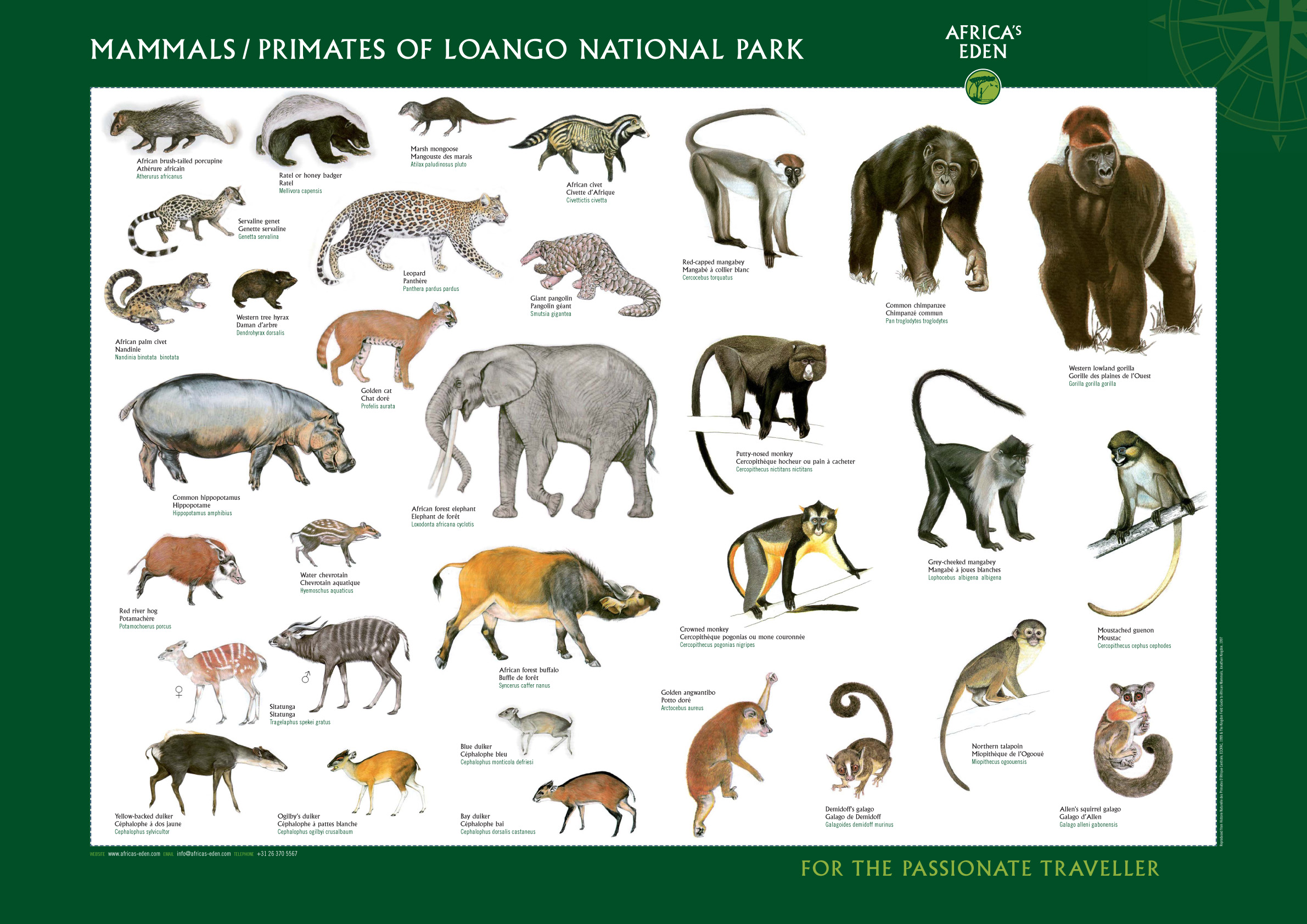
Type of animal science: Classification
Fields of study: Anatomy, systematics (taxonomy), zoology
Mammals are four-legged animals with backbones; they have a number of unique characteristics, including hair, constant warm body temperatures, mammary glands, and specialized teeth that are replaced only once. Mammals originated more than two hundred million years ago from mammal-like reptiles, and they eventually evolved into treedwelling, flying, burrowing, and aquatic forms.
Mammals are a group of vertebrates (animals with backbones) that have been the dominant animals on land and in the sea since the dinosaurs died 65 million years ago. Indeed, this period of time, the Cenozoic era, is often called "the age of mammals." About 4,170 species of mammals are alive today, but at least five times that many are now extinct. About 1,010 genera of mammals are living, but according to a 1945 tabulation, there were an additional two thousand extinct genera, and that number has greatly increased since 1945 as taxonomical research has progressed. Mammals have been very successful in occupying a great variety of terrestrial and aquatic ecological niches. These mammals include terrestrial meat-eaters and plant-eaters, tree-dwellers, burrowing forms, and aquatic forms. The largest mammals today are elephants, but the extinct hornless rhinoceros Paraceratherium was much larger, reaching six meters at the shoulder and weighing about twenty thousand kilograms. The largest mammals, however, are whales, which can weigh up to 150,000 kilograms in the case of the blue whale. That is larger than even the largest dinosaurs.
Mammals Facts
Genus (pl. genera): a group of closely related
species; for example, Felis is the genus
of cats, and it includes the species
Felis catus (the domestic cat) and Felis
couguar (the cougar or mountain lion)
Mammary glands: the milk glands that femalemammalsuse
to nurse their young
Marsupial: a mammal that gives birth to a
premature embryo and then lets it finish
its development in a pouch
Monotreme: a primitive mammal, such as
the platypus and spiny anteater, which
lays eggs and has other archaic features
Order: a group of closely related genera; in
mammals, orders are the well-recognized
major groups, such as the rodents, bats,
whales, and carnivores
Placentals: mammals that carry the embryo
in the mother until it is born in a
well-developed state; it is nourished in
thewombby a membrane (the placenta)
Vertebrate: an animal with a backbone;
this includes fish, amphibians, reptiles,
birds, and mammals
Other popular Animals
Copyright © 2016-2017 Animalia Life | All rights reserved
 Animalia Life
Animalia Life